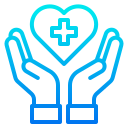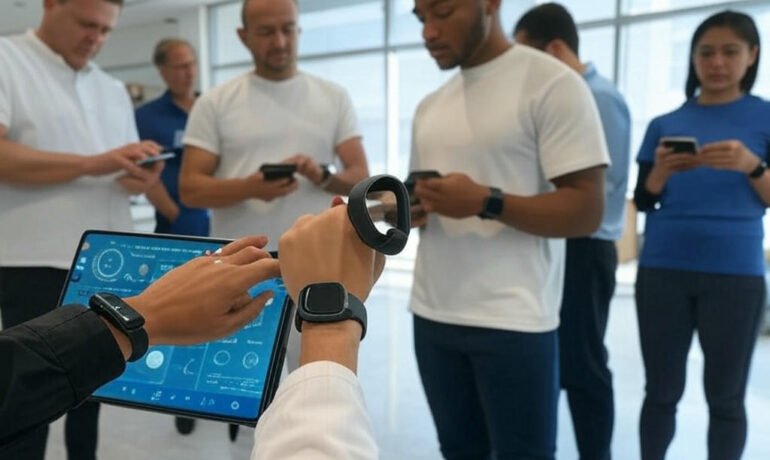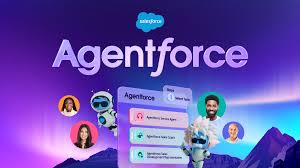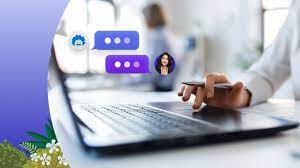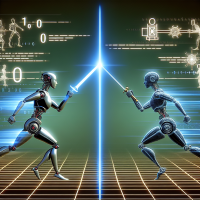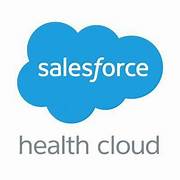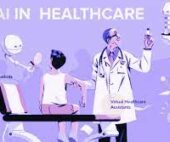Autonomous agents like Florida Bay’s understand and respond to requests, and then act without human intervention. Give the agent a goal, and it generates tasks for itself, completes them, and moves on to the next one until the goal is achieved. Unlike traditional chatbots that follow predefined rules, autonomous agents operate in dynamic environments, making them perfect for complex tasks in customer service, marketing, commerce, sales, and more. While autonomous agents don’t need human help to complete their tasks, they still need you to describe the ideal goals and main objectives you want to achieve. Once in action, the agent can save your business significant time and resources and allow you to focus on improving the overall customer experience and driving growth–just like at Florida Bay. You might think setting up an agent takes a lot of time, but autonomous agents require less time to build compared with traditional bots. And they can do more when you set them up with the right data and actions. Let’s take a look at the key components that make them effective. Data Data is the foundation of an autonomous agent‘s functionality. It’s what enables an agent to make informed decisions and execute tasks autonomously. At Florida Bay, the concierge agent analyzes opt-in data about the Smith family, including family member profiles, past travel history, and more, to gain a deeper understanding of their preferences. With these insights, the agent can personalize every aspect of their trip and provide a seamless and enjoyable vacation. Decision-Making When an autonomous agent analyzes data, it uses advanced decision-making algorithms to prioritize and execute tasks efficiently. For the concierge agent at Florida Bay, that means evaluating various options and scenarios to ensure that every decision aligns with the Smith family’s preferences and goals. Action Execution After making data-driven decisions, the agent seamlessly transitions to executing the planned actions. For the concierge agent, those planned actions might be autonomously reserving hotel rooms, arranging transportation, and more. This not only enhances the customer experience but also allows the business to save an immense amount of time and focus on other critical tasks that provide even better customer service. Learning and Adaptation Over time, the agent continuously learns from each interaction and adapts to improve future performance. It analyzes feedback and outcomes to refine its algorithms and decision-making processes to better meet the customer’s needs. In addition, autonomous agents are adaptable to various situations and can provide data-driven solutions to simplify and improve efficiency in a wide range of areas. Let’s take a look at that next. Autonomous Agents in Action Autonomous agents are becoming increasingly universal and offer support in a wide range of fields. Here are some industries where they bring significant benefits and support to CRM platforms. Healthcare An autonomous agent can engage with patients, providers, and payers to resolve inquiries, provide summaries, and take action. For example, a patient services agent can answer simple patient questions, help schedule appointments with the best physician, review coverage benefits, generate medical history summaries, and approve care requests. Example: A patient needs to schedule a follow-up appointment with a specialist. They use the healthcare provider’s agent to request the appointment. The autonomous agent checks the availability of the best-suited specialist, confirms the patient’s insurance coverage, and schedules the appointment. The agent also generates a summary of the patient’s medical history and sends it to the specialist in advance. This streamlined process ensures that the patient receives timely care and reduces the administrative burden on healthcare staff. Financial Services Banks can autonomously manage transaction disputes through various channels such as the banking app, SMS, website, or phone. Prebuilt service flows allow agents to file complaints, meet regulatory reporting requirements, verify transaction history, alert merchants, and even issue provisional credits or new cards. These autonomous agents only escalate to a human for final authorizations, saving time and allowing human experts to focus on more complex interactions. Example: A customer notices a fraudulent transaction on their bank statement and reports it through the banking app. The autonomous agent verifies the transaction history, files the complaint, and issues a provisional credit to the customer’s account. The agent also alerts the merchant and schedules a follow-up with a human representative for final authorization. This process, which used to take several days, is now completed within hours, significantly improving customer satisfaction and reducing the workload on human service reps. Insurance Insurance companies can autonomously update coverage, extend better pricing to qualified policyholders, update beneficiaries, schedule and deploy claims adjusters, and even issue claims checks or policy renewals—all without human intervention. Wealth advisors reported that 67% of their daily work is non–value-added administrative work. Autonomous agents can reduce this by planning, scheduling, and summarizing client meetings, drafting client communications, and ensuring compliance by routing communications to the proper licensed supervisors. Example: An insurance policyholder wants to update their beneficiary information. They use the insurance company’s mobile app to make the change. The autonomous agent verifies the policyholder’s identity, updates the beneficiary’s information, and sends a confirmation email. The agent also ensures that the change is compliant with regulatory requirements by routing the communication to a licensed supervisor for a final review. This process, which previously required a phone call and manual processing, is now completed in seconds, freeing up the policyholder’s time and reducing administrative workload. Retail Autonomous agents can share campaign insights, proactively manage customer outreach, and resolve cases for retailers. A personal shopper autonomous agent acts like a digital concierge for online shoppers, using generative AI to help customers on ecommerce sites, chat, or messaging apps like WhatsApp. While basic chatbots only solve predefined questions, autonomous AI agents learn from shoppers’ behavior and preferences and can provide natural language searches, conversational responses, and quick cart additions for instant checkout. Example: A customer is shopping for a new pair of shoes on an ecommerce site. The personal shopper autonomous agent, integrated into the chat feature, engages with the customer and analyzes their past purchases and preferences.




